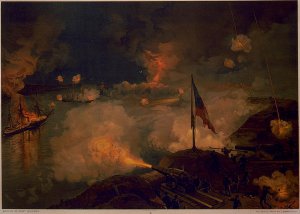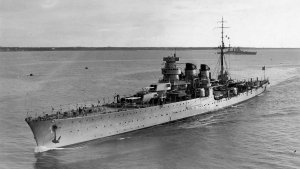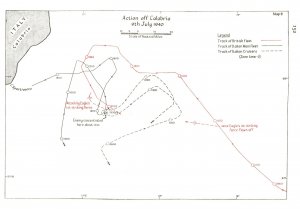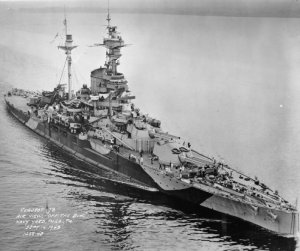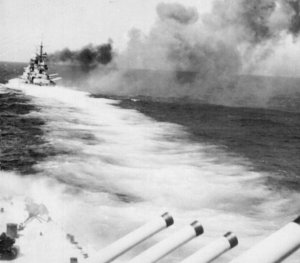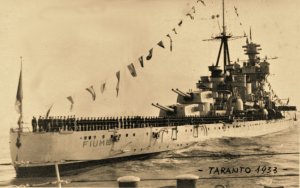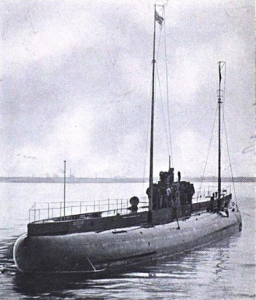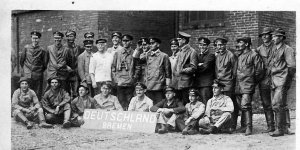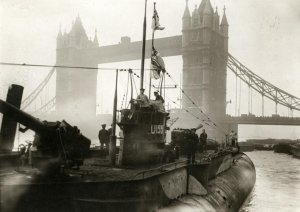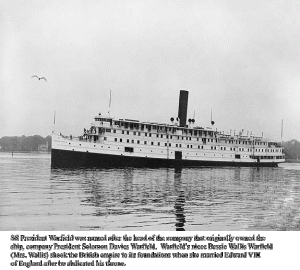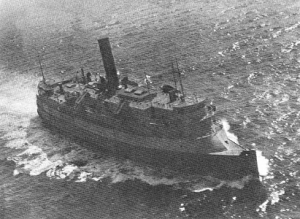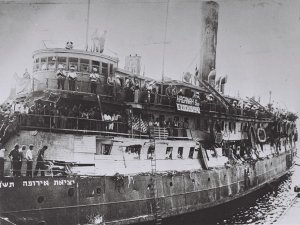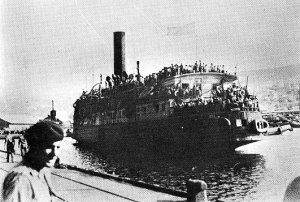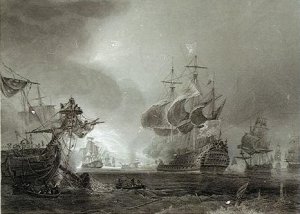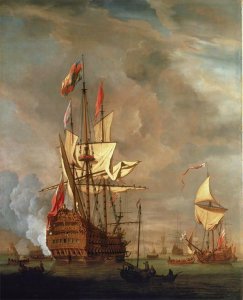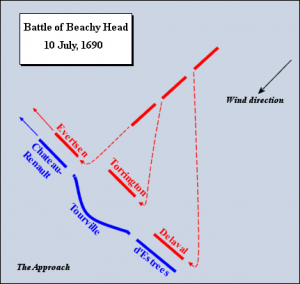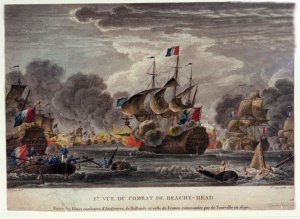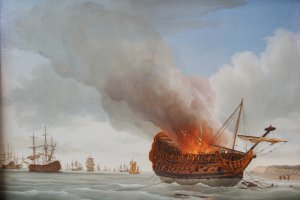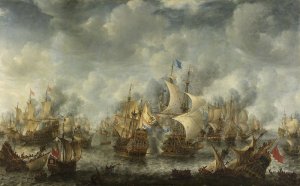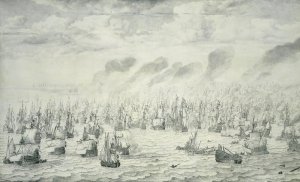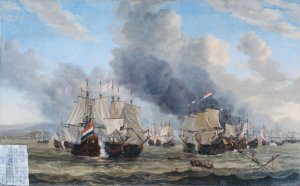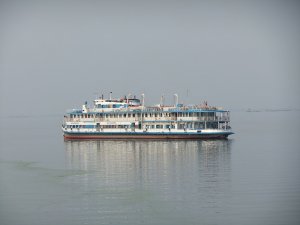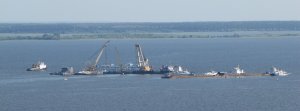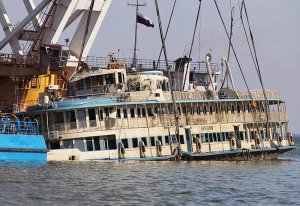8 July 1497 - First voyage of Vasco da Gama
On 8 July 1497 Vasco da Gama led a fleet of four ships with a crew of 170 men from Lisbon. The distance traveled in the journey around Africa to India and back was greater than around the equator. The navigators included Portugal's most experienced, Pero de Alenquer,
Pedro Escobar, João de Coimbra, and Afonso Gonçalves. It is not known for certain how many people were in each ship's crew but approximately 55 returned, and two ships were lost. Two of the vessels were
carracks, newly built for the voyage, the others were a
caravel and a supply boat.
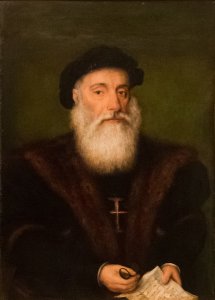
The four ships were:
- São Gabriel, commanded by Vasco da Gama; a carrack of 178 tons, length 27 m, width 8.5 m, draft 2.3 m, sails of 372 m²
- São Rafael, commanded by his brother Paulo da Gama; similar dimensions to the São Gabriel
- Berrio (nickname, officially called São Miguel), a caravel, slightly smaller than the former two, commanded by Nicolau Coelho
- A storage ship of unknown name, commanded by Gonçalo Nunes, destined to be scuttled in Mossel Bay (São Brás) in South Africa
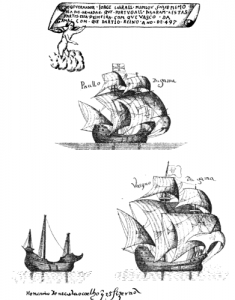
The
São Gabriel is on the bottom right. This depiction from about 1558 also shows the
São Rafael (top) and the
Bérrio.
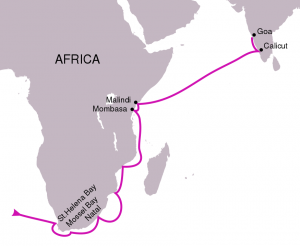
The route followed in Vasco da Gama's first voyage (1497–1499)
Journey to the Cape
The expedition set sail from Lisbon on 8 July 1497. It followed the route pioneered by earlier explorers along the coast of Africa via
Tenerife and the
Cape Verde Islands. After reaching the coast of present-day
Sierra Leone, da Gama took a course south into the open ocean, crossing the
Equator and seeking the South Atlantic
westerlies that
Bartolomeu Dias had discovered in 1487. This course proved successful and on 4 November 1497, the expedition made landfall on the African coast. For over three months the ships had sailed more than 10,000 kilometres (6,000 mi) of open ocean, by far the longest journey out of sight of land made by that time.
By 16 December, the fleet had passed the
Great Fish River (
Eastern Cape, South Africa) – where Dias had turned back – and sailed into waters previously unknown to Europeans. With Christmas pending, da Gama and his crew gave the coast they were passing the name
Natal, which carried the connotation of "birth of Christ" in Portuguese.
Mozambique
Vasco da Gama spent 2 to 29 March 1498 in the vicinity of Mozambique Island.
Arab-controlled territory on the East African coast was an integral part of the network of trade in the Indian Ocean. Fearing the local population would be hostile to Christians, da Gama impersonated a
Muslim and gained audience with the Sultan of
Mozambique. With the paltry trade goods he had to offer, the explorer was unable to provide a suitable gift to the ruler. Soon the local populace became suspicious of da Gama and his men. Forced by a hostile crowd to flee Mozambique, da Gama departed the harbor, firing his cannons into the city in retaliation.
Mombasa
In the vicinity of modern
Kenya, the expedition resorted to
piracy, looting Arab merchant ships that were generally unarmed trading vessels without heavy cannons. The Portuguese became the first known Europeans to visit the port of
Mombasa from 7 to 13 April 1498, but were met with hostility and soon departed.
Malindi
Vasco da Gama continued north, arriving on 14 April 1498 at the friendlier port of
Malindi, whose leaders were having a conflict with those of
Mombasa. There the expedition first noted evidence of Indian traders. Da Gama and his crew contracted the services of a pilot who used his knowledge of the
monsoon winds to guide the expedition the rest of the way to
Calicut, located on the southwest coast of India. Sources differ over the identity of the pilot, calling him variously a Christian, a Muslim, and a
Gujarati. One traditional story describes the pilot as the famous Arab navigator
Ibn Majid, but other contemporaneous accounts place Majid elsewhere, and he could not have been near the vicinity at the time. None of the Portuguese historians of the time mentions Ibn Majid. Vasco da Gama left Malindi for India on 24 April 1498.
Calicut, India
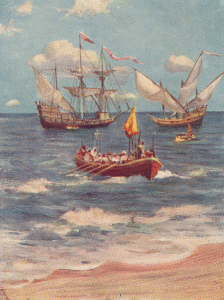
Vasco da Gama landing at Calicut
The fleet arrived in
Kappadu near
Kozhikode (Calicut), in
Malabar Coast (present day
Kerala state of India), on 20 May 1498. The King of Calicut, the
Samudiri(Zamorin), who was at that time staying in his second capital at
Ponnani, returned to Calicut on hearing the news of the foreign fleets's arrival. The navigator was received with traditional hospitality, including a grand procession of at least 3,000 armed
Nairs, but an interview with the Zamorin failed to produce any concrete results. When local authorities asked da Gama's fleet, "What brought you hither?", they replied that they had come "in search of Christians and spices." The presents that da Gama sent to the Zamorin as gifts from Dom Manuel—four cloaks of scarlet cloth, six hats, four branches of corals, twelve
almasares, a box with seven brass vessels, a chest of sugar, two barrels of oil and a cask of honey—were trivial, and failed to impress. While Zamorin's officials wondered at why there was no gold or silver, the Muslim merchants who considered da Gama their rival suggested that the latter was only an ordinary pirate and not a royal ambassador.
[18]Vasco da Gama's request for permission to leave a factor behind him in charge of the merchandise he could not sell was turned down by the King, who insisted that da Gama pay customs duty—preferably in gold—like any other trader, which strained the relation between the two. Annoyed by this, da Gama carried a few Nairs and sixteen fishermen (mukkuva) off with him by force. Nevertheless, da Gama's expedition was successful beyond all reasonable expectation, bringing in cargo that was worth sixty times the cost of the expedition.
Return
Vasco da Gama left Calicut on 29 August 1498. Eager to set sail for home, he ignored the local knowledge of
monsoon wind patterns that were still blowing onshore. The fleet initially inched north along the Indian coast, and then anchored in at
Anjediva island for a spell. They finally struck out for their Indian Ocean crossing on 3 October 1498. But with the winter monsoon yet to set in, it was a harrowing journey. On the outgoing journey, sailing with the summer monsoon wind, da Gama's fleet crossed the Indian Ocean in only 23 days; now, on the return trip, sailing against the wind, it took 132 days.
Da Gama saw land again only on 2 January 1499, passing before the coastal
Somali city of
Mogadishu, then under the influence of the
Ajuran Empire in the
Horn of Africa. The fleet did not make a stop, but passing before Mogadishu, the anonymous diarist of the expedition noted that it was a large city with houses of four or five storeys high and big palaces in its center and many mosques with cylindrical minarets.
[20]
Da Gama's fleet finally arrived in
Malindi on 7 January 1499, in a terrible state – approximately half of the crew had died during the crossing, and many of the rest were afflicted with
scurvy. Not having enough crewmen left standing to manage three ships, da Gama ordered the
São Rafael scuttled off the East African coast, and the crew re-distributed to the remaining two ships, the
São Gabriel and the
Berrio. Thereafter, the sailing was smoother. By early March, they had arrived in Mossel Bay, and crossed the Cape of Good Hope in the opposite direction on 20 March, reaching the west African coast by 25 April.
The diary record of the expedition ends abruptly here. Reconstructing from other sources, it seems they continued to
Cape Verde, where Nicolau Coelho's
Berrioseparated from Vasco da Gama's
São Gabriel and sailed on by itself. The
Berrio arrived in Lisbon on 10 July 1499 and
Nicolau Coelho personally delivered the news to King Manuel I and the royal court, then assembled in
Sintra. In the meantime, back in Cape Verde, da Gama's brother,
Paulo da Gama, had fallen grievously ill. Da Gama elected to stay by his side on
Santiago island and handed the
São Gabriel over to his clerk,
João de Sá, to take home. The
São Gabriel under Sá arrived in Lisbon sometime in late July or early August. Da Gama and his sickly brother eventually hitched a ride with a Guinea caravel returning to Portugal, but Paulo da Gama died en route. Da Gama disembarked at the
Azores to bury his brother at the monastery of São Francisco in
Angra do Heroismo, and lingered there for a little while in mourning. He eventually took passage on an Azorean caravel and finally arrived in Lisbon on 29 August 1499 (according to Barros),
[22] or early September (8th or 18th, according to other sources). Despite his melancholic mood, da Gama was given a hero's welcome and showered with honors, including a triumphal procession and public festivities. King Manuel wrote two letters in which he described da Gama's first voyage, in July and August 1499, soon after the return of the ships.
Girolamo Sernigi also wrote three letters describing da Gama's first voyage soon after the return of the expedition.
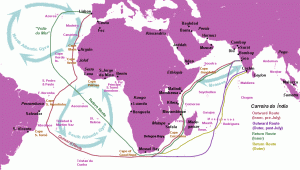
Outward and return voyages of the Portuguese India Run (
Carreira da Índia). The outward route of the South Atlantic westerlies that Bartolomeu Dias discovered in 1487, followed and explored by da Gama in the open ocean, would be developed in subsequent years.
The expedition had exacted a large cost – one ship and over half the men had been lost. It had also failed in its principal mission of securing a commercial treaty with Calicut. Nonetheless, the spices brought back on the remaining two ships were sold at an enormous profit to the crown. Vasco da Gama was justly celebrated for opening a direct sea route to Asia. His path would be followed up thereafter by yearly
Portuguese India Armadas.
The spice trade would prove to be a major asset to the Portuguese royal treasury, and other consequences soon followed. For example, da Gama's voyage had made it clear that the east coast of Africa, the
Contra Costa, was essential to Portuguese interests; its ports provided fresh water, provisions, timber, and harbors for repairs, and served as a refuge where ships could wait out unfavorable weather. One significant result was the colonization of
Mozambique by the Portuguese Crown.
https://en.wikipedia.org/wiki/Vasco_da_Gama
https://en.wikipedia.org/wiki/São_Gabriel_(ship)
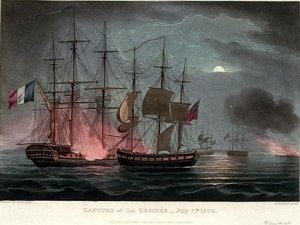






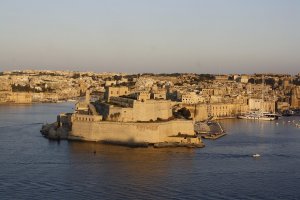
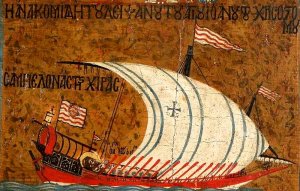
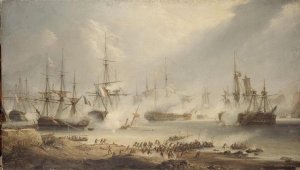

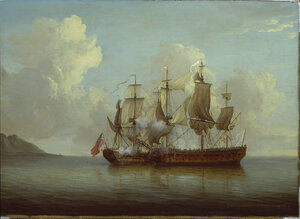
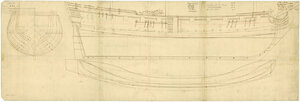
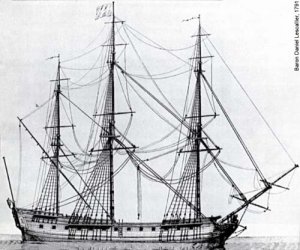





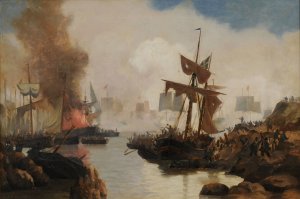
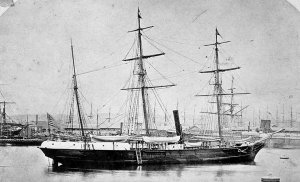
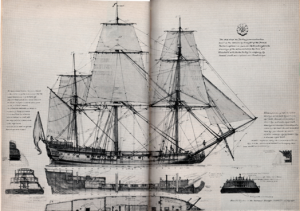
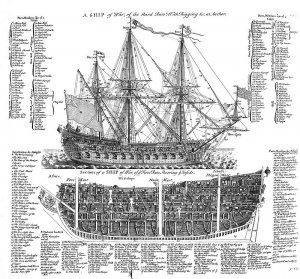
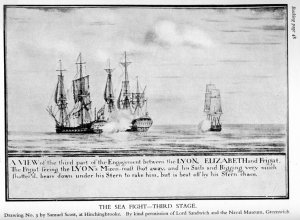
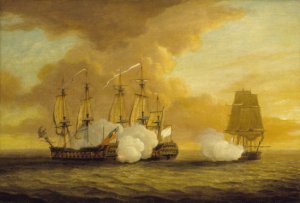
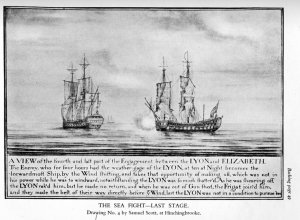
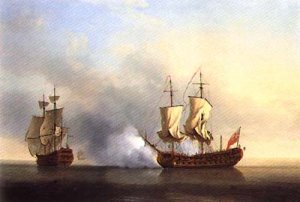
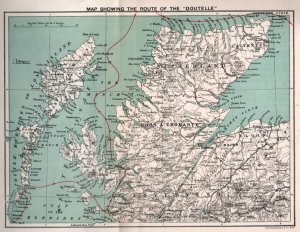
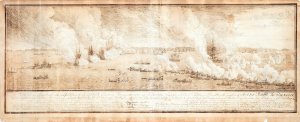
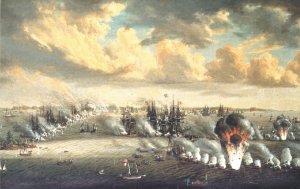
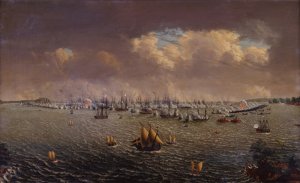
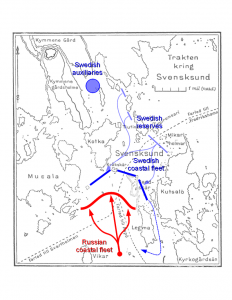
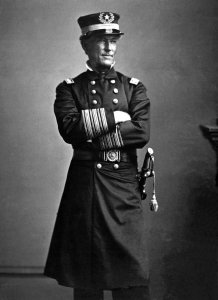
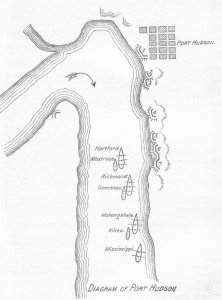
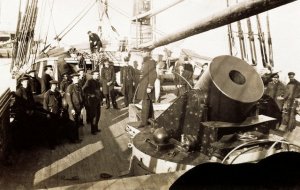

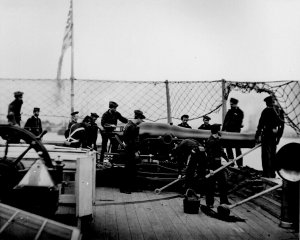
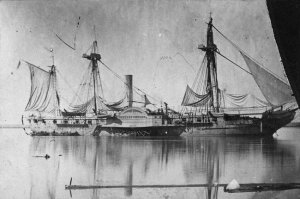
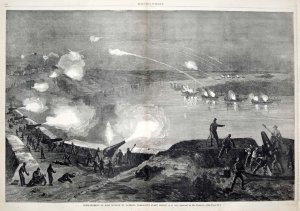
 paper view of the Union fleet passing Port Hudson published by ‘’
paper view of the Union fleet passing Port Hudson published by ‘’